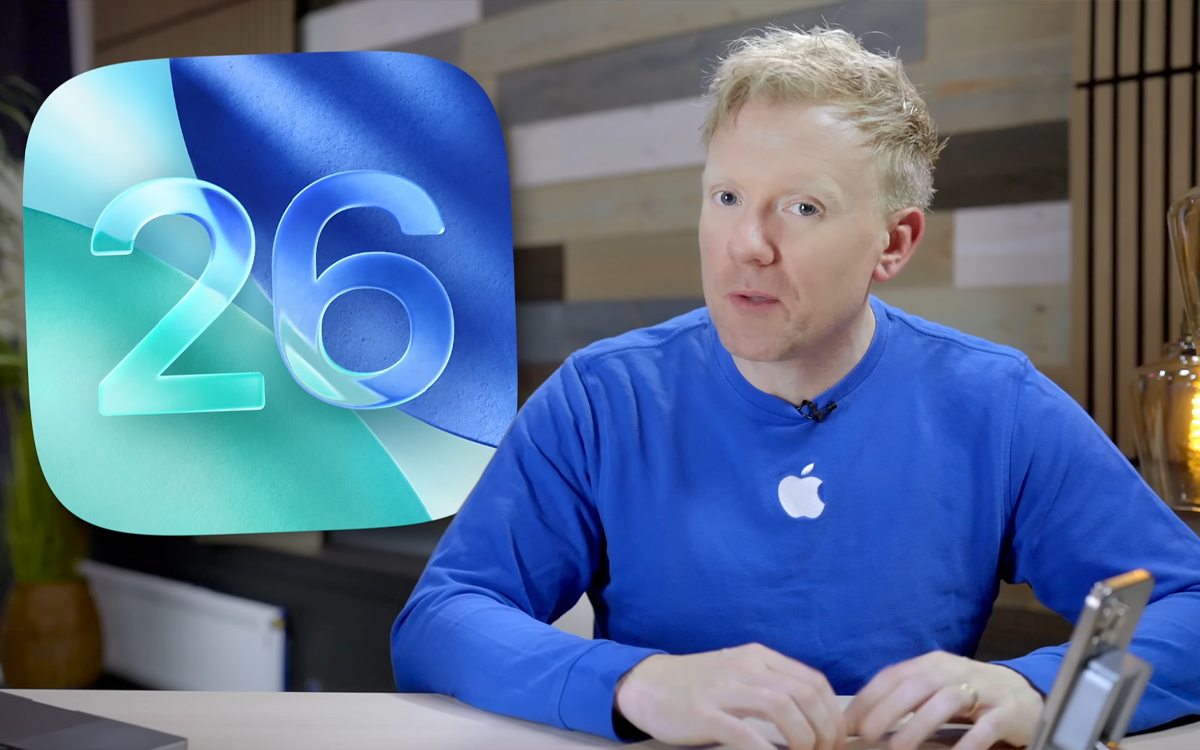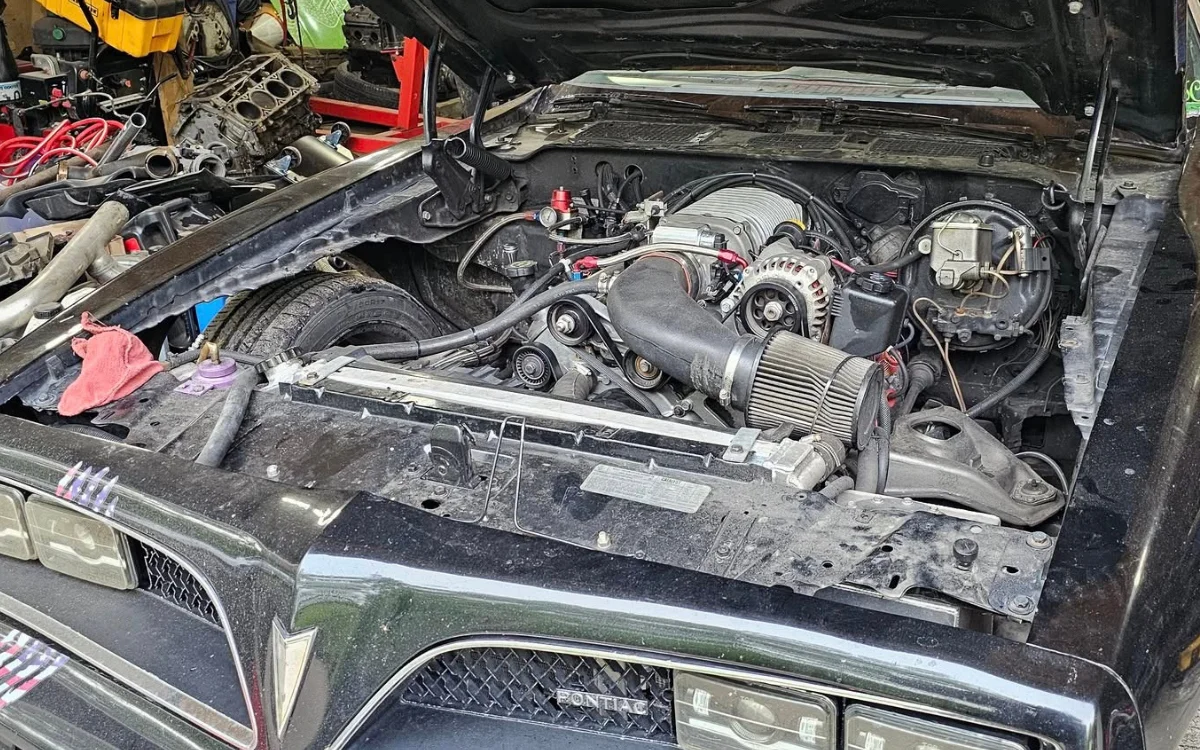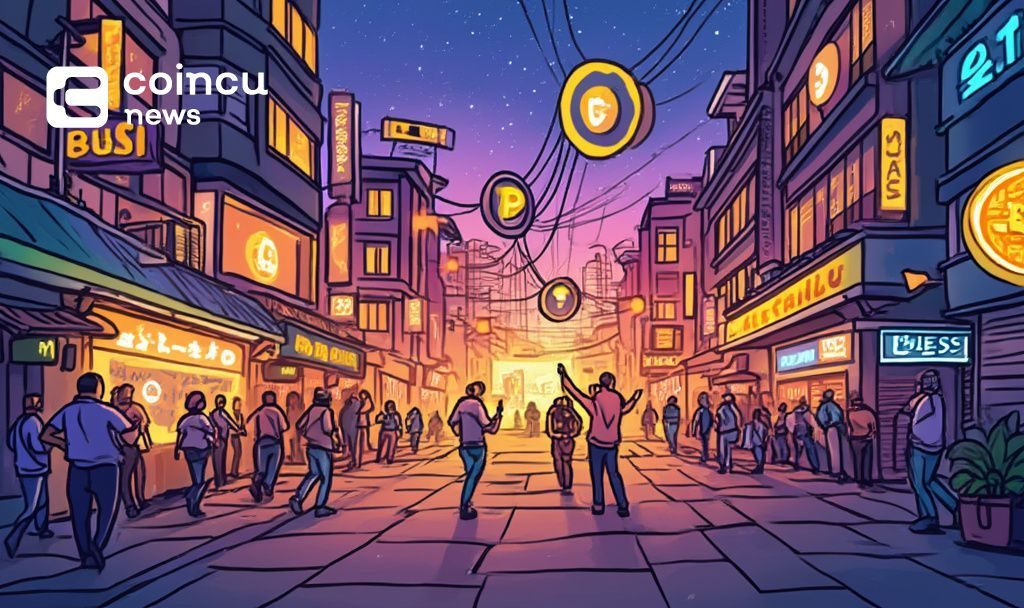What Happens When Bitcoin Solaris Hits LBank? Ethereum Price Prediction 2025 Experts Project Immediate 150% Surge
The post What Happens When Bitcoin Solaris Hits LBank? Ethereum Price Prediction 2025 Experts Project Immediate 150% Surge appeared on BitcoinEthereumNews.com. The crypto market has always loved a plot twist. Just when investors were tracking Ethereum’s slow and steady rise to a projected $3,296 by 2030, another player has stepped onto the stage with a bolder promise and a tighter timeline. Bitcoin Solaris, a coin that once hovered quietly beneath the surface, is now commanding attention with a powerful presale, explosive demand, and a confirmed LBank listing that could change the game overnight. The question is no longer whether BTC-S can make noise. It’s how loud that noise will be when the listing bell rings. Ethereum Holds Its Ground, But BTC-S Is Racing Ahead Ethereum has proven itself as a cornerstone of the Web3 world. With thousands of DApps, smart contracts, and Layer 2 integrations, it’s not going anywhere. Predictions showing a price near $2,712 in 2026 and $5,370 by 2040 give it long-term credibility. But that kind of climb requires patience. Bitcoin Solaris, on the other hand, is offering a different timeline altogether. It’s not built to follow the market’s rhythm. It’s built to skip ahead of it. With the LBank listing on the horizon, users are treating BTC-S not just as an investment, but as a chance to relive the early Bitcoin days, only faster. Introducing Bitcoin Solaris: Built to Go Beyond Bitcoin Solaris is not just another altcoin. It’s a dual-layer blockchain ecosystem engineered for scale, speed, and user empowerment. At the heart of BTC-S is a two-tiered structure that separates base-level consensus from high-speed application execution. The Base Layer operates on Proof-of-Work, securing the network with real computational effort. The Solaris Layer runs on Delegated Proof-of-Stake, offering blazing-fast transactions with 2-second finality. Combined, they deliver over 10,000 transactions per second and 99.95% less energy usage than traditional PoW chains. Smart contracts are built for DeFi, gaming, and…
The post What Happens When Bitcoin Solaris Hits LBank? Ethereum Price Prediction 2025 Experts Project Immediate 150% Surge appeared on BitcoinEthereumNews.com.
The crypto market has always loved a plot twist. Just when investors were tracking Ethereum’s slow and steady rise to a projected $3,296 by 2030, another player has stepped onto the stage with a bolder promise and a tighter timeline. Bitcoin Solaris, a coin that once hovered quietly beneath the surface, is now commanding attention with a powerful presale, explosive demand, and a confirmed LBank listing that could change the game overnight. The question is no longer whether BTC-S can make noise. It’s how loud that noise will be when the listing bell rings. Ethereum Holds Its Ground, But BTC-S Is Racing Ahead Ethereum has proven itself as a cornerstone of the Web3 world. With thousands of DApps, smart contracts, and Layer 2 integrations, it’s not going anywhere. Predictions showing a price near $2,712 in 2026 and $5,370 by 2040 give it long-term credibility. But that kind of climb requires patience. Bitcoin Solaris, on the other hand, is offering a different timeline altogether. It’s not built to follow the market’s rhythm. It’s built to skip ahead of it. With the LBank listing on the horizon, users are treating BTC-S not just as an investment, but as a chance to relive the early Bitcoin days, only faster. Introducing Bitcoin Solaris: Built to Go Beyond Bitcoin Solaris is not just another altcoin. It’s a dual-layer blockchain ecosystem engineered for scale, speed, and user empowerment. At the heart of BTC-S is a two-tiered structure that separates base-level consensus from high-speed application execution. The Base Layer operates on Proof-of-Work, securing the network with real computational effort. The Solaris Layer runs on Delegated Proof-of-Stake, offering blazing-fast transactions with 2-second finality. Combined, they deliver over 10,000 transactions per second and 99.95% less energy usage than traditional PoW chains. Smart contracts are built for DeFi, gaming, and…
What's Your Reaction?








































